Home>Garden Essentials>What Is Four-Crop Rotation?
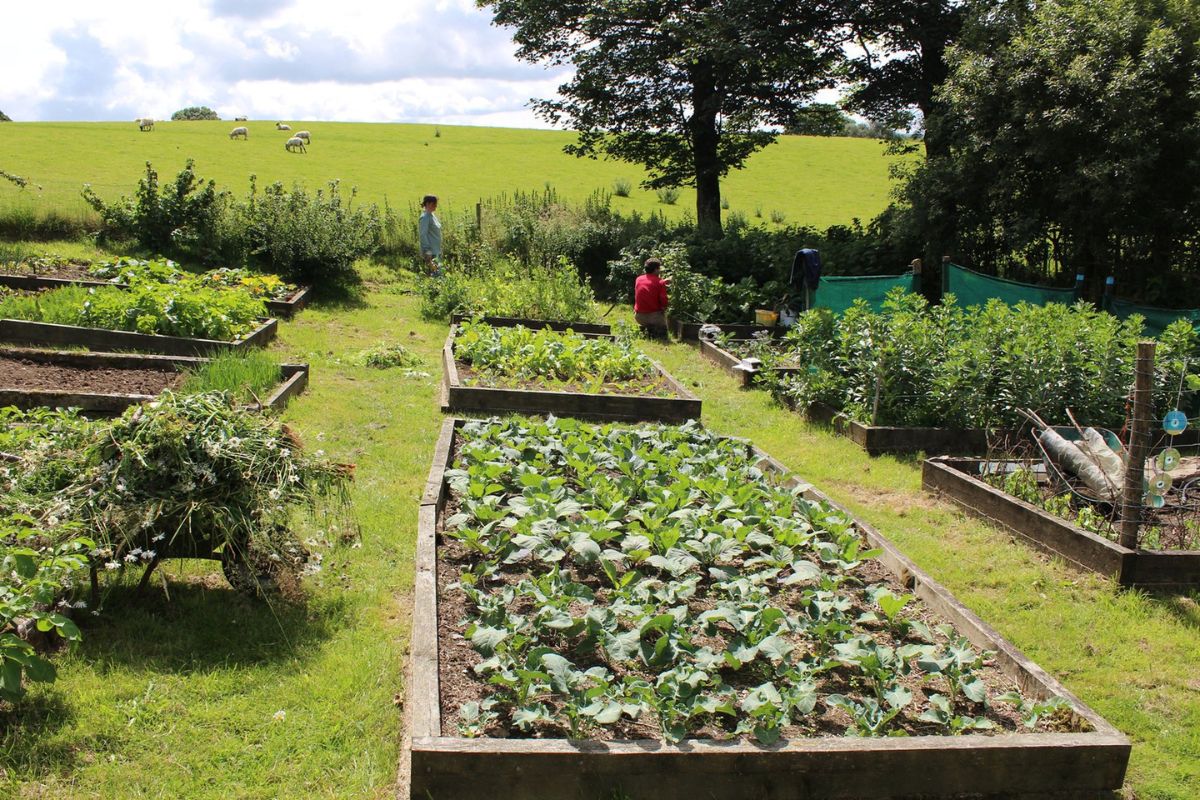

Garden Essentials
What Is Four-Crop Rotation?
Modified: March 16, 2024
Discover the benefits of four-crop rotation for your garden. Enhance soil fertility, improve pest control, and maximize yield with this sustainable gardening technique.
(Many of the links in this article redirect to a specific reviewed product. Your purchase of these products through affiliate links helps to generate commission for Storables.com, at no extra cost. Learn more)
Introduction
Welcome to the world of sustainable gardening practices! One method that has gained popularity in recent years is four-crop rotation. If you’re looking for a way to increase the health and productivity of your garden while reducing the use of chemical fertilizers and pesticides, then four-crop rotation might be just what you need.
Four-crop rotation is a time-honored technique that has been used for centuries to maintain soil fertility and prevent pest and disease build-up. It involves dividing your garden into four distinct sections or beds and systematically rotating different types of crops through each bed over a period of four years.
The concept behind four-crop rotation is based on the idea that different plants have different nutrient requirements. By rotating crops, you can optimize the use of nutrients in the soil, prevent the build-up of pests and diseases, and reduce the need for synthetic fertilizers and pesticides. This practice is often used in organic and sustainable farming systems to promote a healthy and balanced ecosystem.
In this article, we will explore the principles and practices of four-crop rotation, the benefits it offers, and some examples of how to implement it in your own garden. We will also discuss the potential challenges and considerations you may encounter along the way.
So, whether you are an experienced gardener looking to take your skills to the next level or a beginner seeking sustainable gardening practices, read on to discover the wonders of four-crop rotation and how it can transform your garden into a thriving oasis of health and abundance.
Key Takeaways:
- Four-crop rotation is a sustainable gardening method that improves soil health, controls pests, and reduces the need for synthetic fertilizers and pesticides. It’s like a natural way to keep your garden healthy and productive!
- Implementing a four-crop rotation system involves careful planning, crop selection, and record-keeping. It’s like creating a balanced and diverse menu for your garden, ensuring it stays strong and resilient.
Definition of Four-Crop Rotation
Four-crop rotation, also known as a crop rotation system, is a method of organizing and sequencing the planting of different crops in a systematic manner over a predefined period. It involves dividing a garden or field into four sections, also known as quadrants or beds, and rotating different groups of crops through each section in a specific order.
The primary goal of four-crop rotation is to optimize the use of nutrients in the soil, minimize the build-up of pests and diseases, and promote overall soil health and fertility. Each crop group in the rotation has specific nutritional requirements and interacts with the soil ecosystem in different ways, thereby preventing soil depletion and pest infestations that can occur when the same crops are grown in the same place year after year.
The four crops typically used in a rotation system include:
- Legumes: Leguminous crops such as beans, peas, and lentils are known for their ability to fix nitrogen in the soil. Nitrogen is an essential nutrient for plant growth, and legumes have a symbiotic relationship with nitrogen-fixing bacteria in their root nodules, enabling them to convert atmospheric nitrogen into a form that can be readily used by plants. By including leguminous crops in the rotation, soil fertility is improved as the nitrogen levels are naturally replenished.
- Root Crops: Vegetables with edible roots, like carrots, turnips, and potatoes, are typically included in a rotation system. Root crops help to break up compacted soil, improve soil structure, and stimulate microbial activity. Additionally, they have unique nutrient requirements that differ from other crop groups, ensuring a balanced use of soil nutrients.
- Brassicas: This group includes plants like cabbage, broccoli, and kale, which are known for their wide range of health benefits and their ability to absorb soil nutrients efficiently. Brassicas are often rich in vitamins and minerals, and their deep roots help to condition the soil and prevent nutrient leaching.
- Grains: Cereal crops like wheat, corn, and oats are commonly used in the rotation cycle. Grains contribute to soil organic matter and help to suppress weeds, reducing the need for herbicides. Additionally, their fibrous root systems improve soil structure and allow for better water absorption.
By rotating these four crop groups in a specific order, typically in one-year intervals, gardeners can maintain the health and productivity of their soil while reducing pest and disease pressure. The specific rotation sequence may vary depending on factors such as climate, soil type, and specific crop preferences.
Now that we have a clear definition of four-crop rotation, let’s explore the benefits it offers and why it is a valuable practice in sustainable gardening.
Benefits of Four-Crop Rotation
Four-crop rotation offers a wide range of benefits to gardeners and farmers, making it an essential practice in sustainable agriculture. By implementing a rotation system, you can experience the following advantages:
- Improved Soil Fertility: Rotating different groups of crops ensures a balanced use of soil nutrients. For example, legumes in the rotation fix nitrogen in the soil, which benefits the subsequent crops. This natural fertilization reduces the need for synthetic fertilizers and improves overall soil fertility.
- Pest and Disease Control: Crop rotation can disrupt pest and disease cycles. Different plants attract different pests and diseases, and by rotating crops, you can prevent the build-up of specific pests and diseases in the soil. Additionally, certain crops have natural pest-repellent properties or attract beneficial insects, further enhancing pest management.
- Weed Suppression: Incorporating different crops with diverse growth habits and root systems in the rotation can help suppress weeds. For example, the dense foliage of brassicas can shade out and compete with weeds, reducing their growth and spread. This minimizes the need for herbicides and manual weed control methods.
- Soil Structure and Health: Each crop group in the rotation contributes to soil structure in its unique way. For instance, root crops help break up compacted soil, while grains with fibrous root systems improve soil tilth and water absorption. This results in improved drainage, aeration, and overall soil health.
- Diversity and Resilience: Crop diversity is key to building resilient ecosystems. By rotating crops, you introduce a variety of plants and their associated root exudates, which promote a diverse soil microbial community. This diversity strengthens the soil’s ability to resist diseases, withstand adverse weather conditions, and support healthy plant growth.
- Economic Benefits: Utilizing four-crop rotation can lead to increased yields and higher-quality produce. By maintaining soil fertility, optimizing nutrient use, and controlling pests naturally, you can reduce input costs associated with synthetic fertilizers, pesticides, and herbicides. This, in turn, can improve profitability for commercial growers and reduce expenses for home gardeners.
Overall, implementing a four-crop rotation system delivers numerous advantages, ranging from improved soil fertility and disease control to increased productivity and reduced reliance on chemical inputs. Not only does it benefit your garden or farm, but it also has positive environmental impacts by promoting sustainable and ecologically sound practices.
Now that we understand the benefits of four-crop rotation, let’s explore the principles and practices involved in implementing this system.
Principles and Practices of Four-Crop Rotation
Implementing a successful four-crop rotation system requires careful planning and adherence to certain principles and practices. Let’s explore the key principles and practices involved in a rotation system:
- Planning: Before starting a rotation system, assess your garden or field’s size, layout, and soil conditions. Determine the number of beds or sections you will divide your space into. Take into account the specific nutritional requirements and growth habits of the crops you plan to include in the rotation.
- Rotation Order: Decide on the order in which you will rotate the crops through each bed. A common rotation order is legumes – root crops – brassicas – grains, but you can adjust this based on your specific needs and environmental conditions.
- Timing: Timing is crucial in a rotation system. Plan your planting and harvesting schedule to ensure a smooth transition between crops. Take into consideration the required growing season for each crop, their planting and maturity dates, and any potential overlap or gaps between crops.
- Soil Preparation: Before planting each crop, prepare the soil adequately. Remove any remaining plant debris, weeds, or pest-infested plants. If necessary, amend the soil with organic matter or compost to improve its structure and fertility.
- Crop Selection: Choose crops that complement each other in terms of nutrient requirements and growth habits. Legumes fix nitrogen, root crops break up soil, brassicas condition the soil, and grains contribute to organic matter. Consider the specific varieties of each crop that are suitable for your region and climate.
- Bed Management: Maintain clear and distinct beds or sections for each crop group. Clearly mark the boundaries and label each bed to keep track of the rotation order. Avoid intermixing crops from different groups within the same bed to prevent confusion and minimize the risk of disease carryover.
- Record Keeping: Keep detailed records of the crops, planting dates, yield, and any observations throughout the growing season. This information will help you evaluate the success of your rotation system, make adjustments, and plan future rotations effectively.
- Organic and Sustainable Practices: Embrace organic and sustainable practices to support the overall health and resilience of your garden. Utilize organic fertilizers, practice natural pest control methods, and maintain a focus on building and nurturing a living soil ecosystem.
Following these principles and practices will set the foundation for a successful four-crop rotation system. Adapt the principles to your specific needs and conditions, experiment with different crop combinations, and monitor the results over time to refine and optimize your rotation plan.
Now that we have covered the principles and practices, let’s explore some examples of four-crop rotation systems to gain a better understanding of how it can be implemented in different scenarios.
Rotate crops like corn, soybeans, wheat, and clover to improve soil health, reduce pests, and increase yields. This four-crop rotation can help maintain a balanced and sustainable agricultural system.
Examples of Four-Crop Rotation Systems
There are numerous ways to implement a four-crop rotation system, and the specific rotation sequence may vary depending on factors such as climate, soil type, and personal preferences. Here are a few examples of four-crop rotation systems that can serve as a starting point for your own garden or farm:
- Traditional Rotation: This is a classic rotation system that has been used for centuries. The rotation order is as follows: Year 1: Legumes, Year 2: Root crops, Year 3: Brassicas, Year 4: Grains. This rotation allows for natural nitrogen fixation, soil conditioning, pest control, and sustainable nutrient management.
- Specialty Crop Rotation: If you have a particular focus on specific types of crops, you can tailor your rotation to accommodate them. For example, if you are interested in growing a variety of nightshade crops like tomatoes, peppers, and eggplants, you can create a rotation that includes Year 1: Legumes, Year 2: Nightshades, Year 3: Brassicas, Year 4: Grains.
- Quick and Intensive Rotation: In a smaller garden or when space is limited, you can implement a faster rotation system. For example, with a one-year rotation, you can plant a different crop group in each bed every year. This allows for quicker nutrient turnover, maximizes space utilization, and keeps pests and diseases in check.
- Succession Planting Rotation: Instead of dedicating entire beds to a single crop group, you can implement a succession planting rotation. This involves interplanting different crops in the same bed throughout the growing season, ensuring a constant supply of fresh produce and optimizing resource utilization.
- Extended Rotation: For larger farms or fields with more space, you can extend the rotation cycle beyond four years. This allows for more diverse crop choices and longer rest periods for specific plant families, reducing the risk of nutrient depletion and pest build-up.
Remember that these examples are just starting points, and you can customize your rotation system based on your specific needs, climate, and available resources. Experiment with different crop combinations, observe and record the results, and make adjustments as necessary to optimize the success of your four-crop rotation system.
While implementing a four-crop rotation system offers numerous benefits, it also comes with its own set of challenges and considerations. Let’s explore some of the common challenges you may encounter and important factors to keep in mind when implementing a rotation system.
Challenges and Considerations in Implementing Four-Crop Rotation
Implementing a four-crop rotation system can be highly rewarding, but it also presents its fair share of challenges and considerations. Here are some important factors to keep in mind:
- Crop Selection and Diversity: It is essential to choose crops that are well-suited to your climate and growing conditions. Consider the length of the growing season, temperature requirements, and disease resistance of each crop. Additionally, aim to incorporate a diverse range of crops to maximize the benefits of the rotation system.
- Planning and Organization: Successful implementation of a rotation system requires careful planning and organization. Consider factors such as the size and layout of your garden or field, the number of beds or sections needed, and the timing of plantings and harvests. Keeping clear records and maintaining a well-organized rotation plan will help you stay on track.
- Soil Health and Fertility: Maintaining soil health is crucial in a rotation system. Be mindful of soil fertility and ensure proper soil preparation and amendment between crops. Regular soil testing can help you monitor nutrient levels and make adjustments if needed. Additionally, consider incorporating cover crops or green manures to further enhance soil health and nutrient cycling.
- Planting and Harvesting Schedule: Timing is key in a rotation system. Plan your planting and harvesting schedule to ensure a smooth transition between crops. Consider the required growing season for each crop and factor in any potential overlaps or gaps between plantings to optimize resource utilization.
- Pest and Disease Management: While crop rotation can help control pests and diseases, it is important to have additional strategies in place. Incorporating beneficial insects, practicing good sanitation, and implementing companion planting techniques can further enhance pest and disease management. Regular monitoring and early intervention are crucial to prevent outbreaks and minimize damage.
- Adaptation to Climate and Conditions: Be adaptable and flexible in your rotation plan to accommodate changes in climate and growing conditions. Extreme weather events, changes in rainfall patterns, and other environmental factors may require adjustments to your planting and management strategies. Stay informed about local conditions and be prepared to adapt accordingly.
- Continuous Learning and Evaluation: Implementing a rotation system is a learning process. Continuously educate yourself on best practices, exchange knowledge with other gardeners or farmers, and evaluate the performance of your rotation system. Regular monitoring, record-keeping, and evaluation will help you identify areas for improvement and make necessary adjustments for future success.
Keep in mind that implementing a four-crop rotation system may require some trial and error. It may take time to fine-tune your rotation plan and adapt it to your specific circumstances. Embrace patience, learn from your experiences, and stay open to adjustments and improvements along the way.
With dedication, careful planning, and a willingness to adapt, you will soon reap the rewards of a thriving garden or farm that benefits from the sustainable and holistic approach of a four-crop rotation system.
Now, it’s time to wrap up our journey into the wonders of four-crop rotation and reflect on the substantial benefits it can bring to your gardening endeavors.
Conclusion
Four-crop rotation is a sustainable gardening practice that offers numerous benefits to both small-scale home gardeners and large-scale farmers. By implementing a rotation system, you can improve soil fertility, control pests and diseases, suppress weeds, enhance soil structure, promote diversity, and reduce the reliance on synthetic inputs. It is a holistic approach that nurtures a healthy and balanced ecosystem in your garden or field.
The key principles and practices of four-crop rotation involve careful planning, selecting the appropriate crop groups, maintaining clear rotations, and keeping records of your plantings and observations. It is an ongoing process that requires constant learning, adaptation, and evaluation to optimize the success of your rotation system.
While there may be challenges in implementing a four-crop rotation system, such as crop selection, soil health management, and pest control, with patience, knowledge, and perseverance, you can overcome these obstacles and reap the long-term rewards.
As you embark on your own journey of four-crop rotation, remember to stay connected with fellow gardeners and farmers, exchange knowledge, and share your experiences. Collaborating and learning from one another can further enrich your understanding and implementation of this sustainable gardening practice.
By embracing the principles of four-crop rotation and being mindful of the challenges and considerations, you can transform your garden or farm into a thriving ecosystem that is not only productive but also regenerates and sustains the health of the soil and the environment.
So, whether you’re a seasoned gardener seeking new methods to improve your soil and crop health, or a beginner looking to start off on the right foot, give four-crop rotation a try. Embrace the beauty of this age-old practice and witness the remarkable resilience and abundance it can bring to your garden.
Frequently Asked Questions about What Is Four-Crop Rotation?
Was this page helpful?
At Storables.com, we guarantee accurate and reliable information. Our content, validated by Expert Board Contributors, is crafted following stringent Editorial Policies. We're committed to providing you with well-researched, expert-backed insights for all your informational needs.

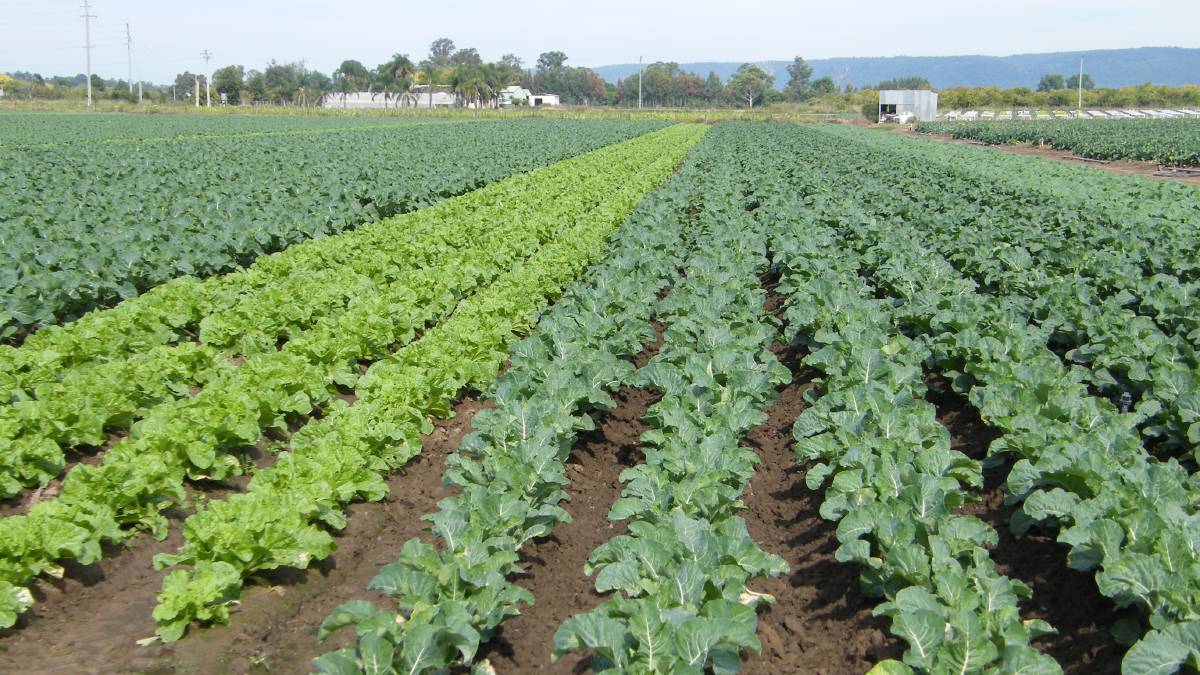




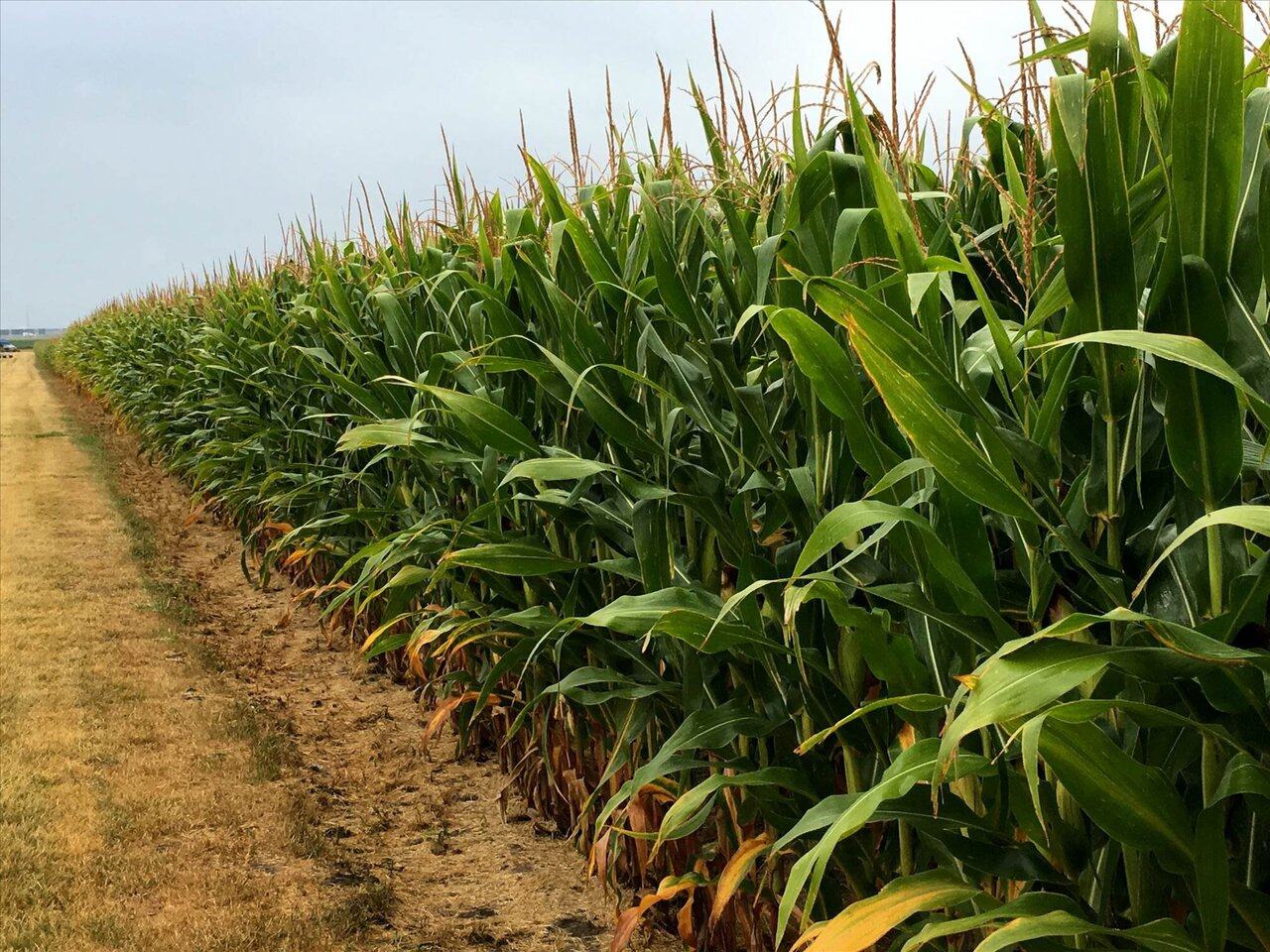

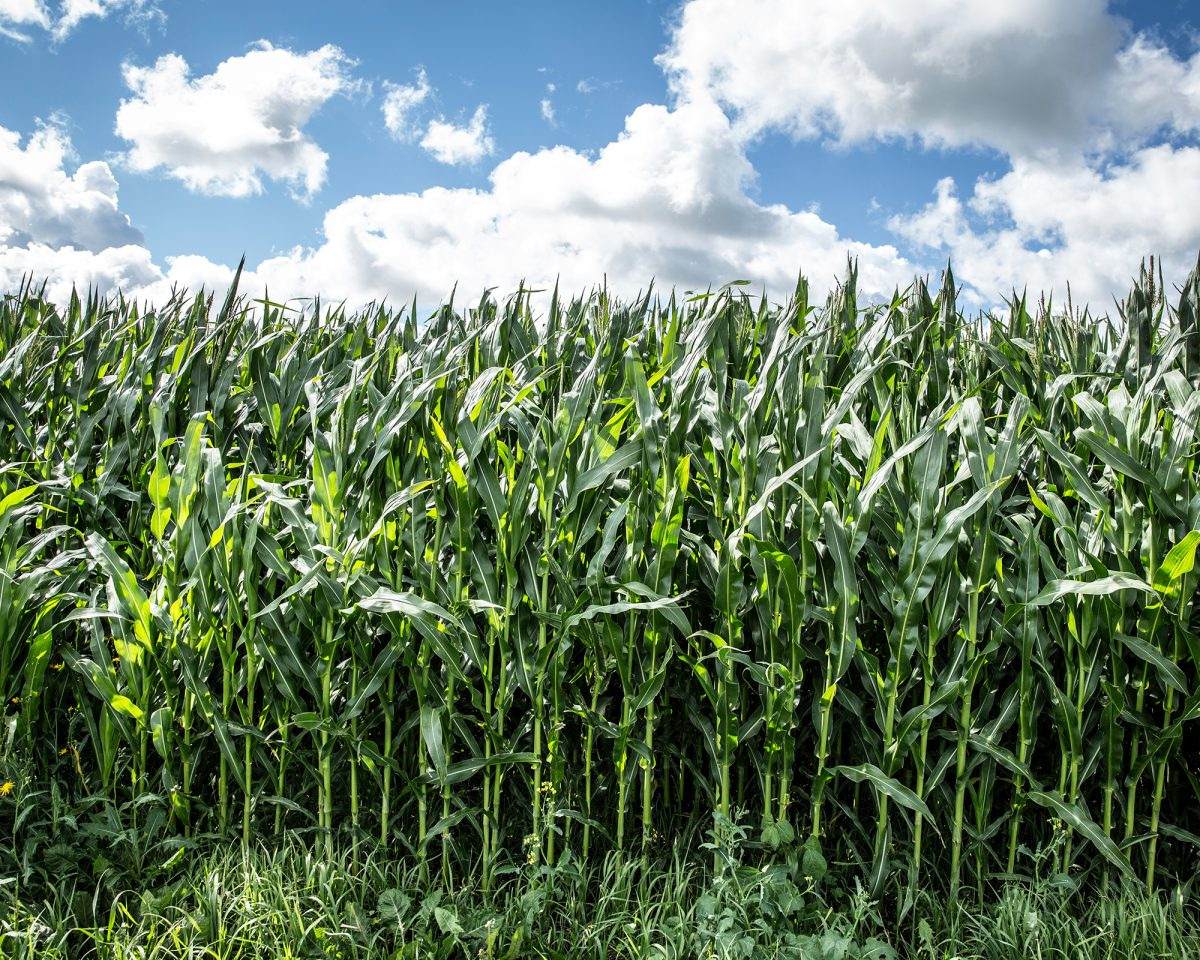


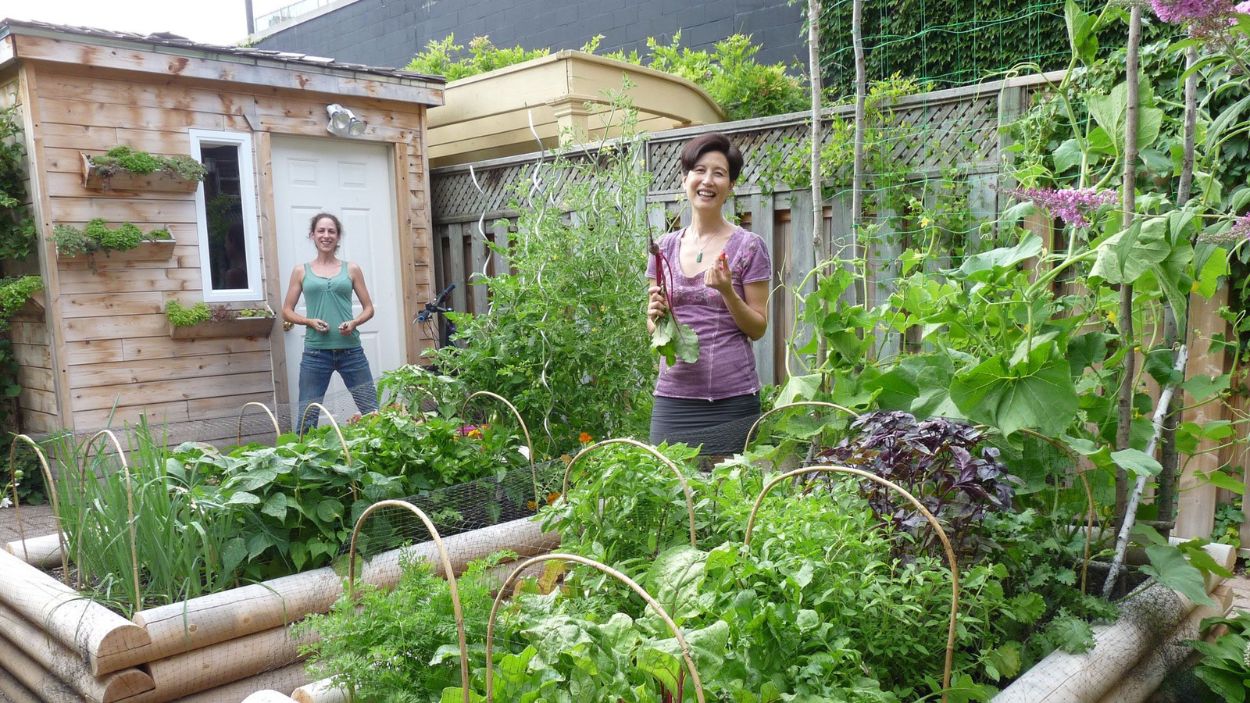
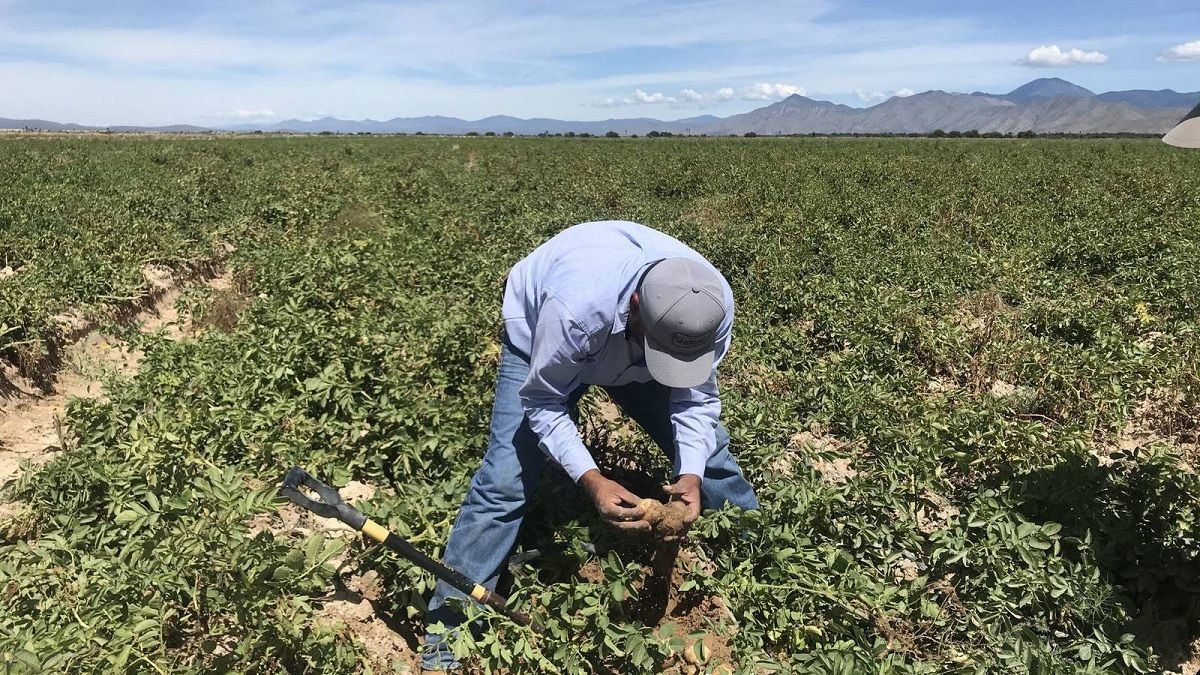


0 thoughts on “What Is Four-Crop Rotation?”